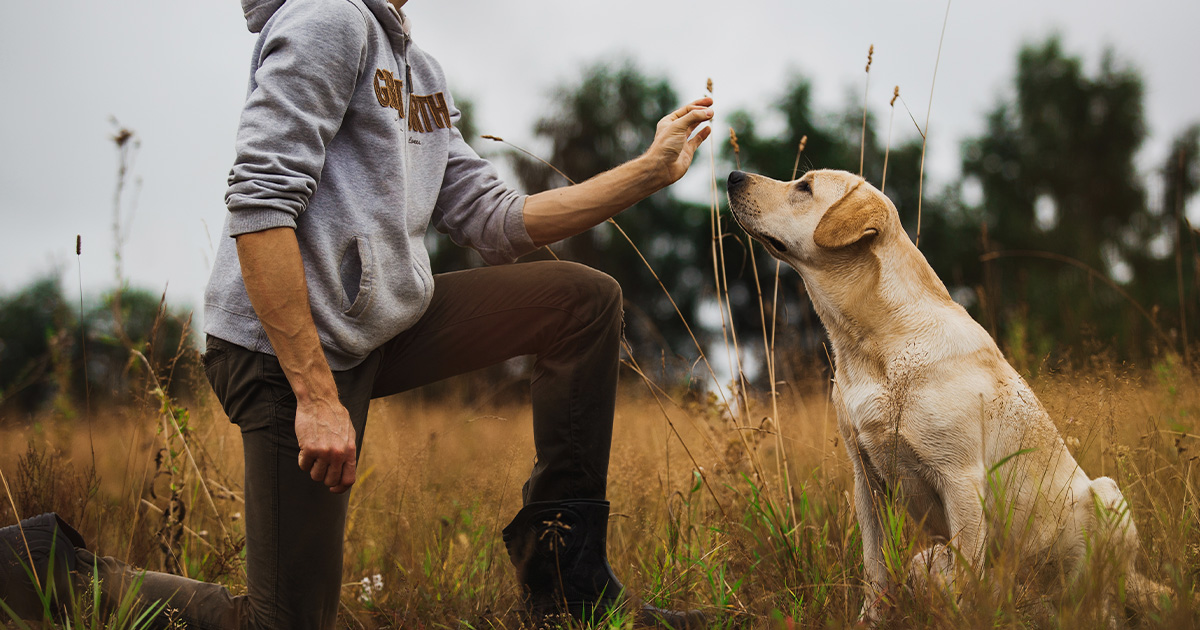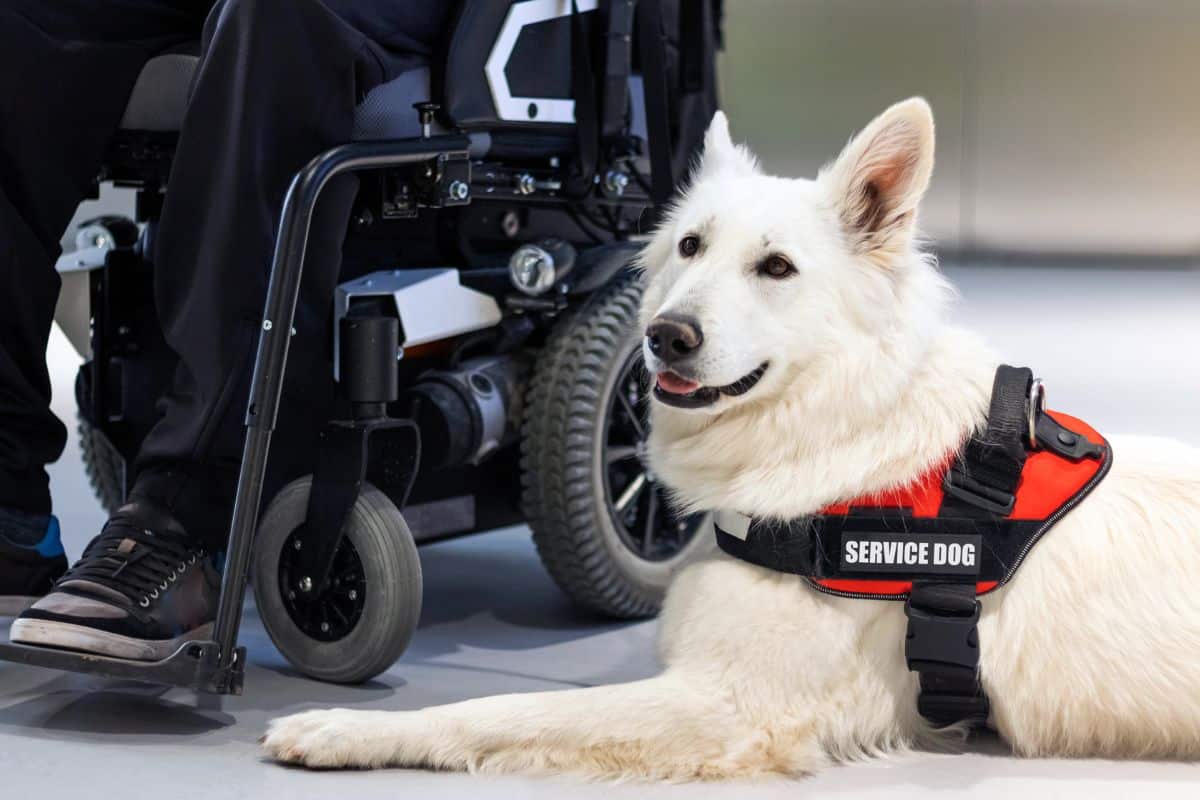Leading Pet Training Methods Every Owner Must Know

Positive Reinforcement Methods
Utilizing positive reinforcement techniques is important for effective dog training, as it cultivates a trusting bond between the fitness instructor and the pet dog. This approach concentrates on fulfilling preferable habits rather than punishing undesirable ones, creating a setting favorable to learning. Rewards can include deals with, praise, or playtime, which encourage pets to repeat the behaviors that gain them these rewards.

Additionally, this method enhances the pet dog's excitement for training sessions. They are much more involved and receptive when dogs connect training with favorable experiences. Dog training. Past immediate behavior adjustment, favorable support urges a collaborative relationship in between the canine and fitness instructor, reducing anxiety and anxiety
To make the most of efficiency, it is critical to supply benefits immediately, ensuring the dog connects the behavior with the reinforcement. Fundamentally, positive support methods not just generate better-trained pet dogs yet additionally promote a harmonious partnership between dog and owner.
Remote Control Training Method
The clicker training approach is a very reliable method that builds on the concepts of favorable support by including a distinctive audio to mark wanted behaviors. This method utilizes a small handheld tool that creates a clicking audio, allowing fitness instructors to interact with their pet dogs in a instant and clear manner. When a pet dog performs an actions that the owner wants to motivate, the clicker is triggered, adhered to by an incentive, typically in the form of treats or praise.
The secret to effective clicker training lies in uniformity and timing. It is important to click at the exact moment the desired actions occurs, guaranteeing that the canine connects the audio with the action and the succeeding incentive. This technique not only improves communication yet likewise promotes a stronger bond between the proprietor and the pet, as it motivates involvement and interaction during training sessions.
Clicker training can be related to a variety of commands and actions, from fundamental obedience to more complicated tricks. Its adaptability and efficiency make it a preferred strategy among expert fitness instructors and pet proprietors alike, leading the way for a trained and responsive canine friend.
Leash Training Basics
Reliable leash training is necessary for making sure a pleasurable and safe strolling experience for both canines and their owners. Dog training. Chain training need to begin early and be come close to with patience and uniformity. Start by selecting an ideal leash and click here to find out more collar or harness. A flat collar may function for some canines, while others might profit from a harness that decreases pulling.
Present your pet to the leash slowly, enabling them to discover it in a comfy environment. Method loose-leash strolling once they are accustomed. This entails rewarding your pet dog for strolling close to you rather than drawing ahead. Use treats and praise to enhance desired behavior, and make certain to continue to be tranquil and assertive.
If your canine starts to draw, quit walking right away. Furthermore, practice various strolling atmospheres to assist your pet dog adapt to interruptions.
Normal practice will certainly strengthen your pet's understanding of leash rules. Keep in mind that leash training is a recurring process; patience and consistency will certainly yield the most effective results, promoting a positive experience for both you and your canine companion.
Socialization Approaches
Socializing is an essential aspect of dog training that should preferably begin during puppyhood but can click to investigate be advantageous at any age. Reliable socialization helps canines establish self-confidence and lowers the possibility of behavior concerns. To implement successful socialization methods, subject your canine to a range of environments, individuals, and various other animals.
Start with controlled setups, such as pup classes or arranged playgroups, where young canines can interact securely. Gradually introduce your pet to new experiences, including various sounds, surfaces, and tasks. Guarantee these experiences are fulfilling and positive to establish a feeling of protection.
For grown-up dogs or those lacking exposure, start with low-stress situations. Short, favorable communications with tranquil dogs and pleasant people can create favorable organizations. Utilize treats and praise to strengthen preferable actions throughout these experiences.

Consistency and Patience
Identifying the value of uniformity and persistence in canine training is important for attaining enduring outcomes. Inconsistent training can lead to complication, making it hard for the pet dog to grasp habits or commands, inevitably hindering development.
Furthermore, persistence is an essential component of reliable training. Dogs, like people, discover at their very own pace. Some may realize concepts swiftly, while others could take much longer. It is vital for owners to stay helpful and tranquil, enhancing favorable actions without resorting to disappointment or penalty. This fosters a trusting relationship between the pet and proprietor, motivating a more enthusiastic and prepared student.
To grow consistency and patience, establish a regular training routine, make use of the very same commands, more and ensure that all family members use the exact same training principles - Dog training. By doing so, you produce a stable atmosphere conducive to learning, enabling your canine to establish and flourish into a well-behaved companion
Verdict
To conclude, effective pet training strategies, such as favorable reinforcement, remote control training, and proper leash training, are crucial for fostering a healthy owner-dog relationship. In addition, carrying out socialization techniques and keeping consistency and patience throughout the training procedure contributes significantly to a pet dog's total wellness. By incorporating these approaches, canine proprietors can promote the advancement of well-adjusted, loyal animals, inevitably improving the lifestyle for both the pet and the owner.
Amongst the most popular approaches are positive support, clicker training, and chain training, each offering one-of-a-kind benefits that add to a well-behaved pet dog. As we explore these basic approaches, it ends up being noticeable that grasping their subtleties can substantially impact the training experience and the dog's general behavior.Using favorable reinforcement methods is vital for efficient pet training, as it fosters a relying on bond in between the fitness instructor and the pet.In final thought, effective dog training techniques, such as positive support, remote control training, and correct leash training, are vital for cultivating a healthy owner-dog connection. By incorporating these methods, canine proprietors can facilitate the development of well-adjusted, loyal pet dogs, ultimately enhancing the top quality of life for both the dog and the owner.